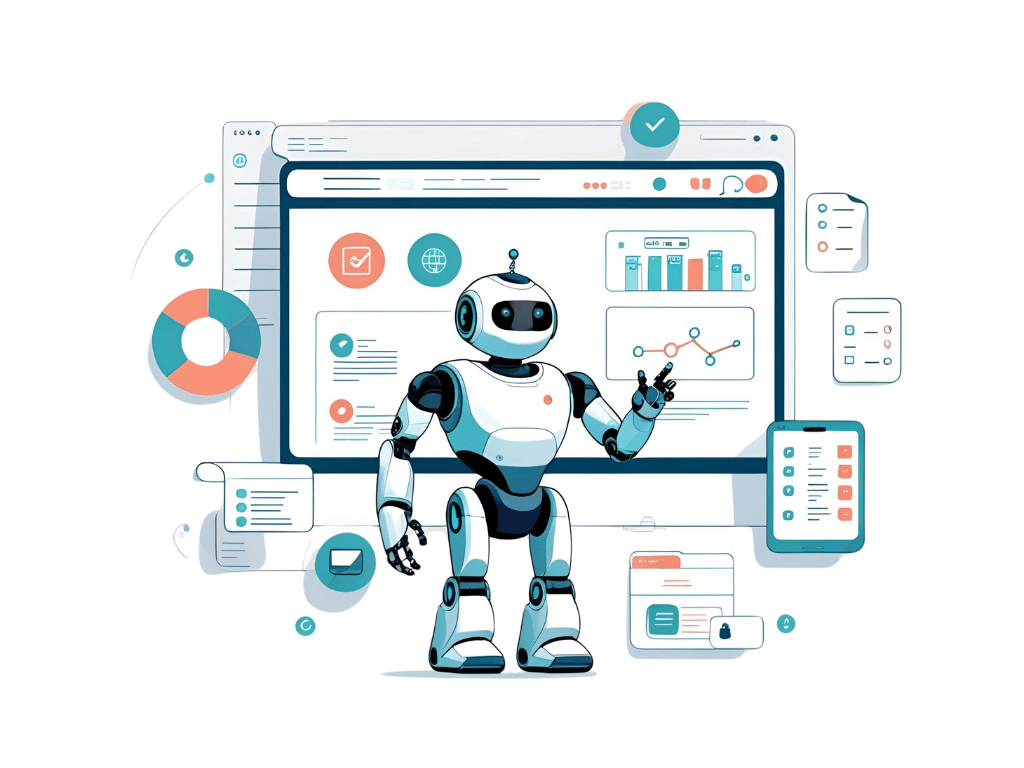- 8 min read

Your rep is crushing the demo. The prospect is nodding, asking smart questions. Then out of nowhere: “Well, we’re also looking at [Your Competitor].”
If that cue doesn’t make your stomach drop like a missed Zoom follow-up... congrats. You’re an emotional Zen master.
But for the rest of us? That kind of name-drop mid-sales call can either be a bombshell—or a goldmine. It all depends on whether you knew it was coming.
Here’s the truth: Your competitors are getting talked about in sales calls, emails, even LinkedIn comments. If you’re not tracking it? You’re playing blindfolded. And in B2B sales, no one makes quota flying blind.
So in this post, we’re diving into how to monitor competitor mentions (without turning into Big Brother), how AI makes it way easier than it used to be, and how to actually use this intel to coach reps smarter, close more, and align marketing without throwing more spaghetti at the wall.
In 2025, AI tools can understand conversations in 99 languages. Sales calls. Demos. DMs. If a prospect anywhere opens their mouth (or Slack window) to compare you to a competitor—tools exist to catch it.
But 90% of teams still miss it. They’re stuck skimming call transcripts manually or ignoring social signals altogether. Meanwhile, their competitor just slid into the decision-maker’s inbox with a lower price and a shinier feature set.
Real talk: If your team is still relying on reps to “mention it in the pipeline notes” when a competitor comes up, you’re not just behind—you might be leaking good-fit deals.
The good news? All of this is fixable—and automatable.
Let’s strip out the fluff. Competitor mention monitoring means tracking exactly when your competitors’ names pop up:
It’s not just for gossip. It’s insight gold. When someone compares you to a competitor, that’s free market research gift-wrapped and handed to you.
Done right, it helps:
It’s the kind of small shift that can unlock bigger, smoother wins.
Conversation intelligence tools (think call recording + AI analysis) used to be clunky. But now? Platforms can spot competitor name-drops, sentiment, and even call tone changes—and send alerts in real time.
Some even tag why the competitor came up: pricing objection? Feature envy? Frustrated former customer?
This matters because it lets you coach smarter and build sales playbooks backed by data, not gut feelings.
Examples of tools that do this (generic name-style):
Over 3 billion people on Facebook and 800 million on LinkedIn means your buyers are talking. About you. About the other guys. About industry pain points.
Instead of manually trolling feeds or running wonky keyword searches, some savvy marketers are now using precision social listening filters—think:
It’s not stalking—it’s strategic pattern recognition.
Some folks use plug-and-play options or even custom setups to benchmark share of voice and hunt for new positioning angles.
This one’s spicy. Modern teams are using AI tools to not only catch mentions—but trigger coaching.
It’s like having a mini-RevOps brain running quietly next to your team. (Without adding six more meetings.)
Here’s the part where you breathe.
You don’t have to go “full RevOps AI stack from scratch” tomorrow. In fact, please don’t. The highest ROI usually comes from plugging in one tight automation system at a time.
That could look like:
If you want to test this in a way that doesn’t wreck your week, that’s what we do.
Timebender builds done-for-you and semi-custom automations that integrate with the platforms you already use. Think: targeted, tested systems—not shiny new tools your team won’t touch.
Book a free Workflow Optimization Session and let’s map what real-world impact this stuff could make for your team. No jargon. No AI hype. Just systems that freaking work.
River Braun, founder of Timebender, is an AI consultant and systems strategist with over a decade of experience helping service-based businesses streamline operations, automate marketing, and scale sustainably. With a background in business law and digital marketing, River blends strategic insight with practical tools—empowering small teams and solopreneurs to reclaim their time and grow without burnout.
Schedule a Timebender Workflow Audit today and get a custom roadmap to run leaner, grow faster, and finally get your weekends back.
book your Workflow optimization session